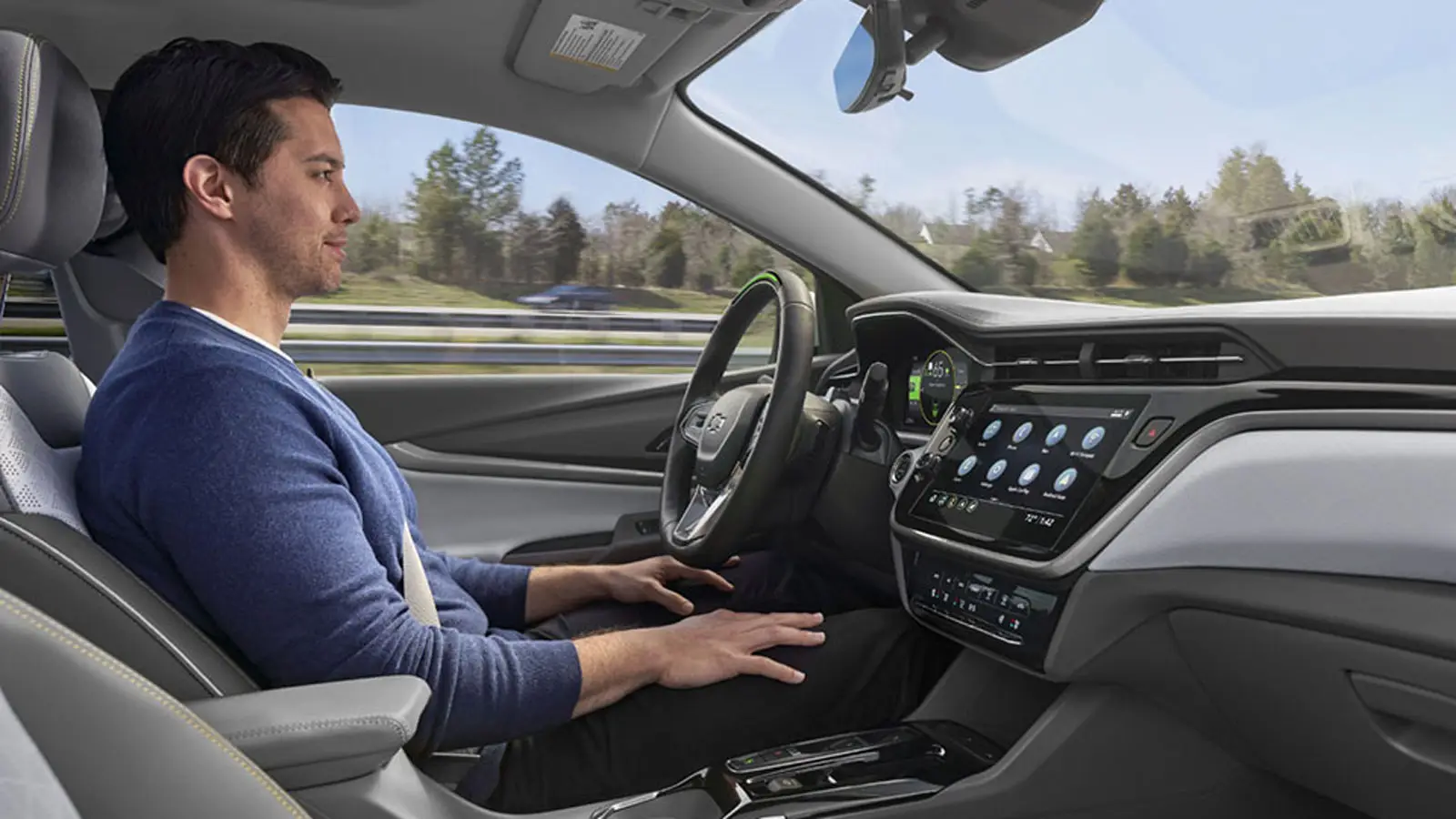News
New IIHS Ratings Highlight Challenges in Semi-Automated Driving Safeguards

IIHS’s latest ratings reveal only one out of 14 semi-automated driving systems scored ’Acceptable’, emphasizing the need for enhanced driver monitoring and safety measures.
The Insurance Institute for Highway Safety (IIHS) recently unveiled results from a novel rating program assessing the effectiveness of safeguards in semi-automated driving systems, revealing some unexpected outcomes. Out of 14 systems evaluated, only one achieved an ’Acceptable’ rating, with two deemed ’Marginal’ and the majority, 11 systems, classified as ’Poor.’
This evaluation is particularly pertinent as many modern vehicles boast semi-autonomous features, necessitating drivers to remain alert and in control. The IIHS critique centers on the inadequacy of these systems to sufficiently ensure driver engagement, potentially heightening risks for both the vehicle occupants and other road users.
Highlighted in the report are systems from leading automakers, including BMW, Ford, General Motors, Genesis, Lexus, Mercedes-Benz, Nissan, Tesla, and Volvo. The IIHS President, David Harkey, pointed out the general lack of effective measures to deter misuse and maintain driver attentiveness on the road.
The Lexus LS’s Teammate system stood out with an ’Acceptable’ rating, while the GMC Sierra and Nissan Ariya were rated ’Marginal.’ Notably, high-profile models like the Volvo S90, Tesla Model 3, Genesis G90, Mercedes-Benz C-Class, and Ford Mustang Mach-E were all rated ’Poor.’
IIHS Senior Research Scientist, Alexandra Mueller, emphasized the shortcomings in monitoring driver attention and the inadequacy of alert systems in these vehicles. She highlighted the necessity for more conspicuous and timely warnings to ensure drivers remain focused.
Through this new testing protocol, the IIHS aims to spur automakers to enhance the design of safeguard systems, preventing driver inattention and misuse of semi-autonomous technologies. It’s anticipated that manufacturers will integrate more robust safeguards, such as deactivating semi-autonomous functionalities under certain conditions like unbuckled seat belts or disabled safety features.
Encouragingly, some automakers are already making strides in improving their systems, with Tesla updating its software over the air. The IIHS remains optimistic about the potential for rapid enhancements to these systems, suggesting that many issues could be resolved with straightforward software updates.
Despite none of the 14 systems fully meeting the IIHS’s criteria for driver monitoring, some, like Ford’s BlueCruise and Adaptive Cruise Control, came close by alerting to obscured driver faces or cameras. However, some systems, like BMW’s, showed no response to similar situations.
The IIHS underscores the critical need for continuous and effective attention reminders in these systems. They advocate for alerts that promptly respond to drivers’ diverted attention, utilizing both auditory and visual signals within a concise timeframe.
This report serves as a reminder of the ongoing journey toward fully reliable driver assistance systems. It echoes past warnings from organizations like the AAA about overreliance on these technologies, which can lead to grave consequences. The path forward involves not just technological advancements but also ensuring these systems are used responsibly and safely.
Ethan Brown
2024, Mar 12 10:06